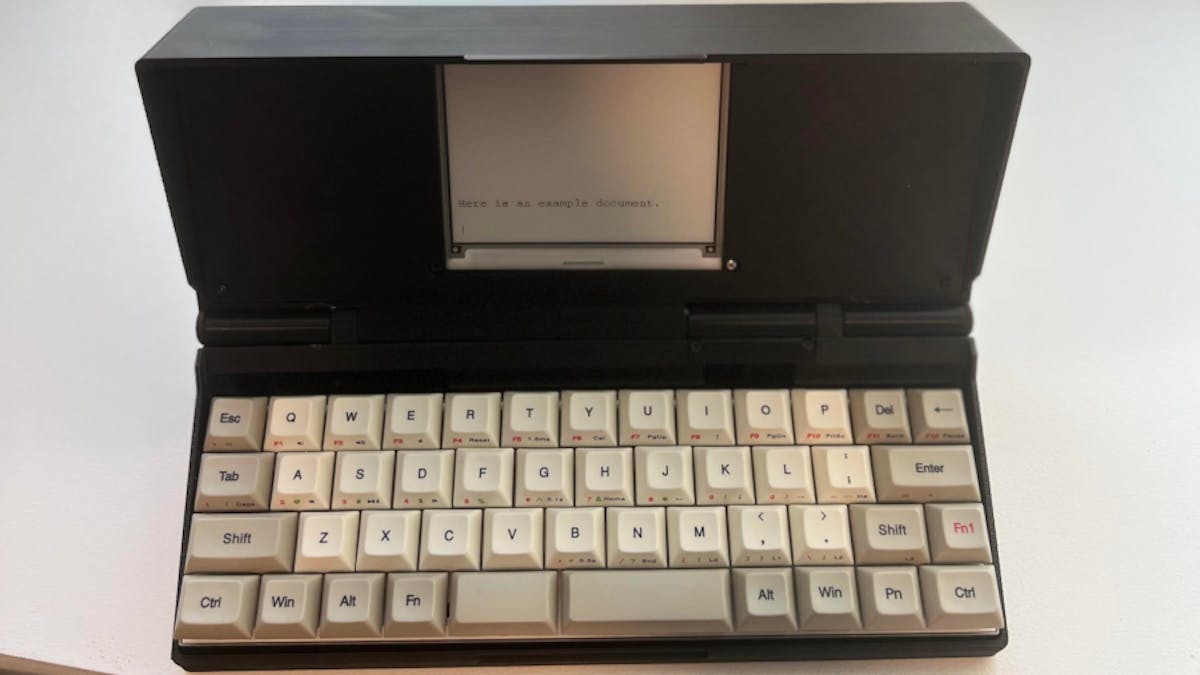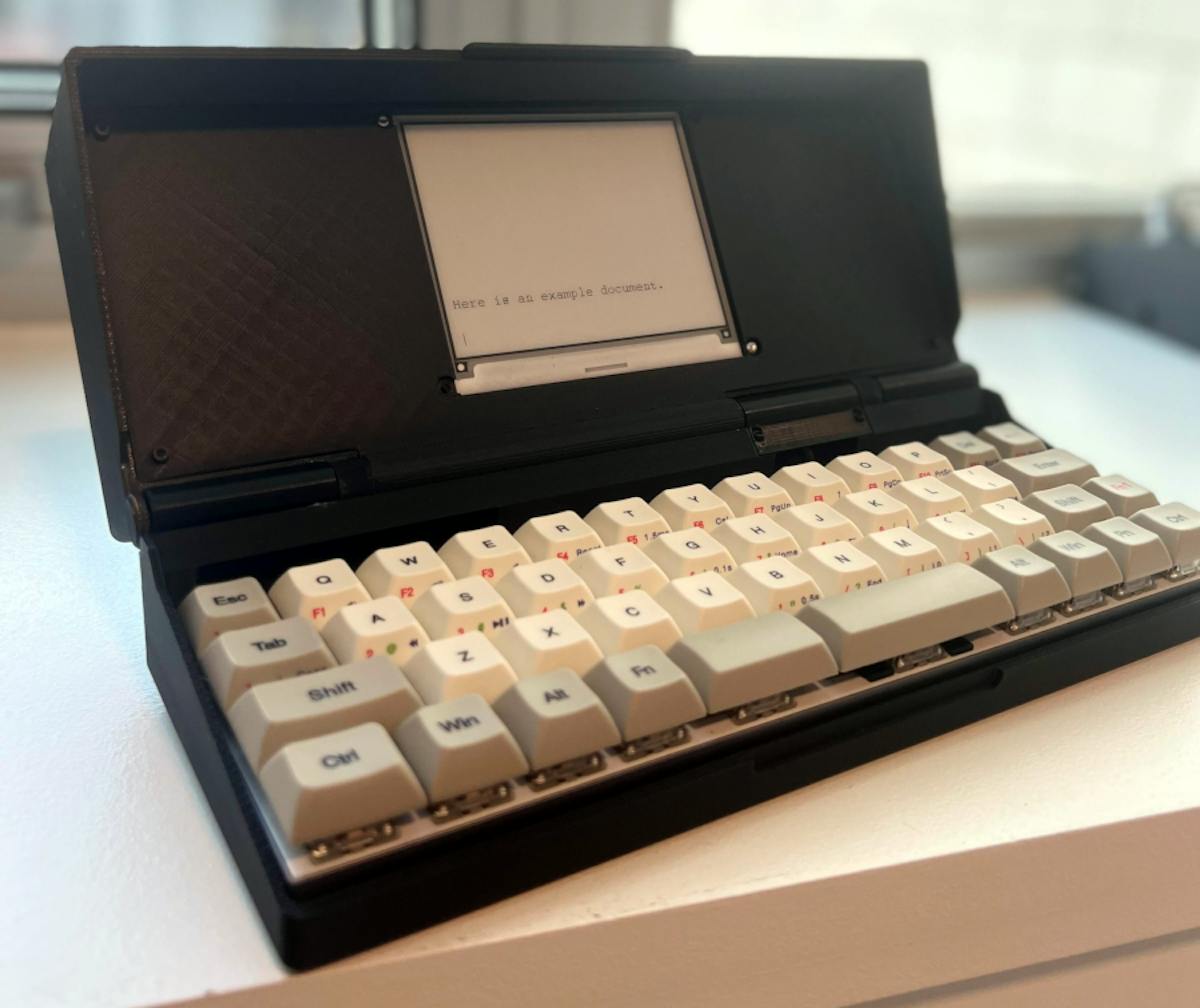The ZeroWriter Is a Penkēsu-Based Low-Cost Raspberry Pi Zero 2 W-Powered ePaper Typewriter
Running a custom distraction-free Python package atop Raspberry Pi OS, this pocket-friendly writing aid can be built for under $200.

An anonymous maker has built a low-power portable distraction-free Python-powered ePaper typewriter, dubbed the ZeroWriter — driven by a Raspberry Pi Zero 2 W single-board computer and buildable for under $200.
"This project started as a personal attempt to make an affordable [ePaper] typewriter, similar to the Freewrite or Pomera DM30," the maker, known only by the project name ZeroWriter, explains. "The idea was to use a Raspberry Pi Zero 2 W as the brains, so I could focus on quickly getting together the hardware and get to writing. It's easy enough for a beginner, because I am a beginner!"

Inspiration for the project came from Penk Chen's Penkēsu, or ペンケース — a retro-themed ultra-wide pocket-friendly computer with a 48-key ortholinear keyboard and a chunky clamshell chassis. Chen, who had previously designed the commercial Raspberry Pi-based CutiePi tablet, released the Penkēsu under the permissive MIT license — giving the ZeroWriter project a base on which to build.
Rather than an ultra-wide color display, though, the ZeroWriter opts for a low-cost Waveshare 4.2" ePaper display. Using electrophoretic technology, the display requires power only when updating — and is readable in direct sunlight, though with no front-light system is also entirely unreadable in darkness. When the system boots, it does so directly into a custom Python text-editing application running on top of Raspberry Pi OS — and offering no tempting distractions like games or a web browser.
"For simplicity, this project uses an external battery pack," the maker adds. "These are handy to have anyway, and super easy to replace down the line. If you want to turn on the typewriter, you plug in the battery pack, and it boots within 5s. If you are a bit more comfortable tinkering, you can certainly install your own LiPo [battery] + battery controller chip but it adds some complications (like reading battery level and state, etc), so I cut it for this build."
The full project write-up is available on Hackaday.io, while the source code and STL files for 3D printing the chassis have been published on GitHub under an unspecified license.
Freelance journalist, technical author, hacker, tinkerer, erstwhile sysadmin. For hire: freelance@halfacree.co.uk.

